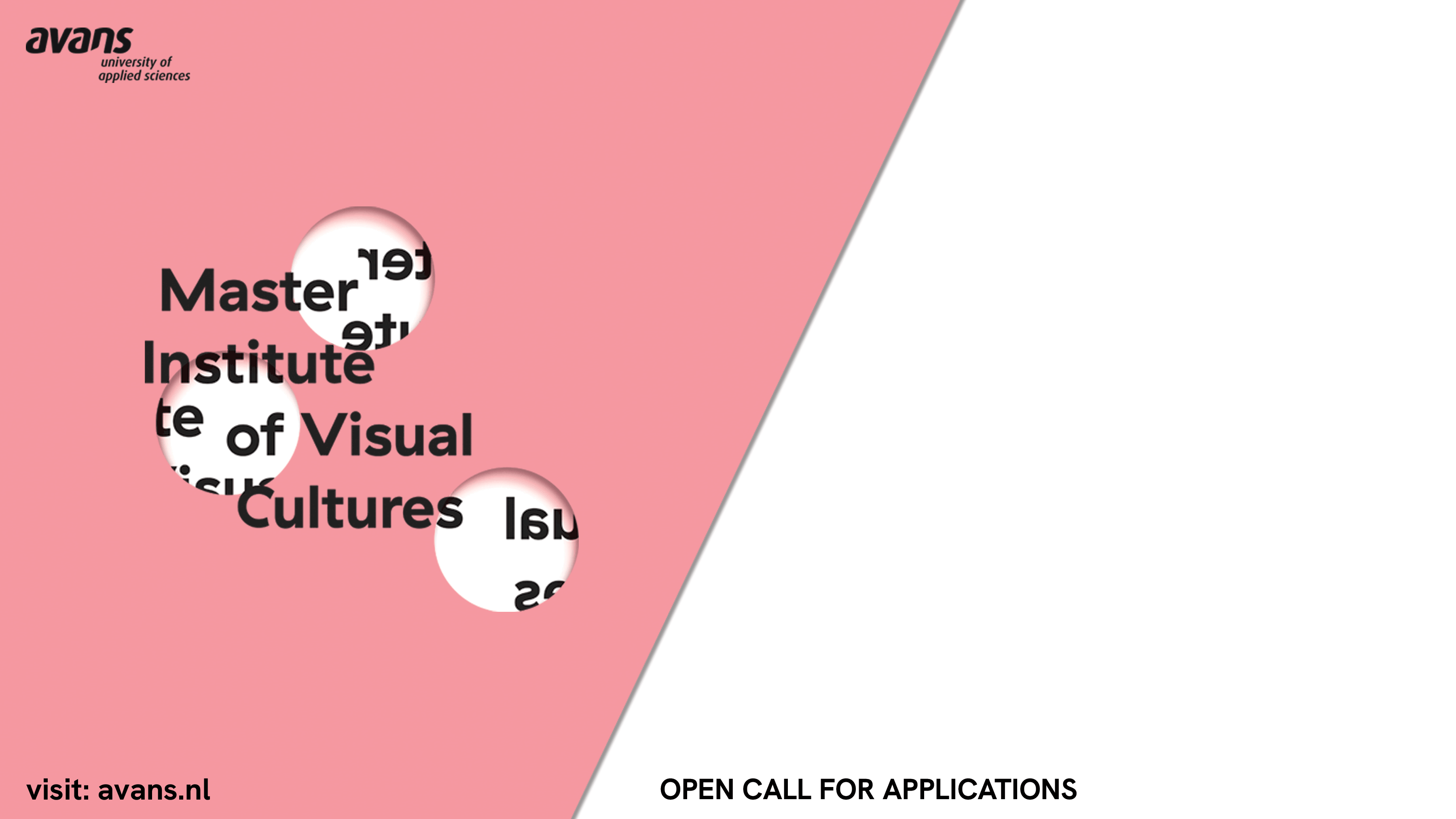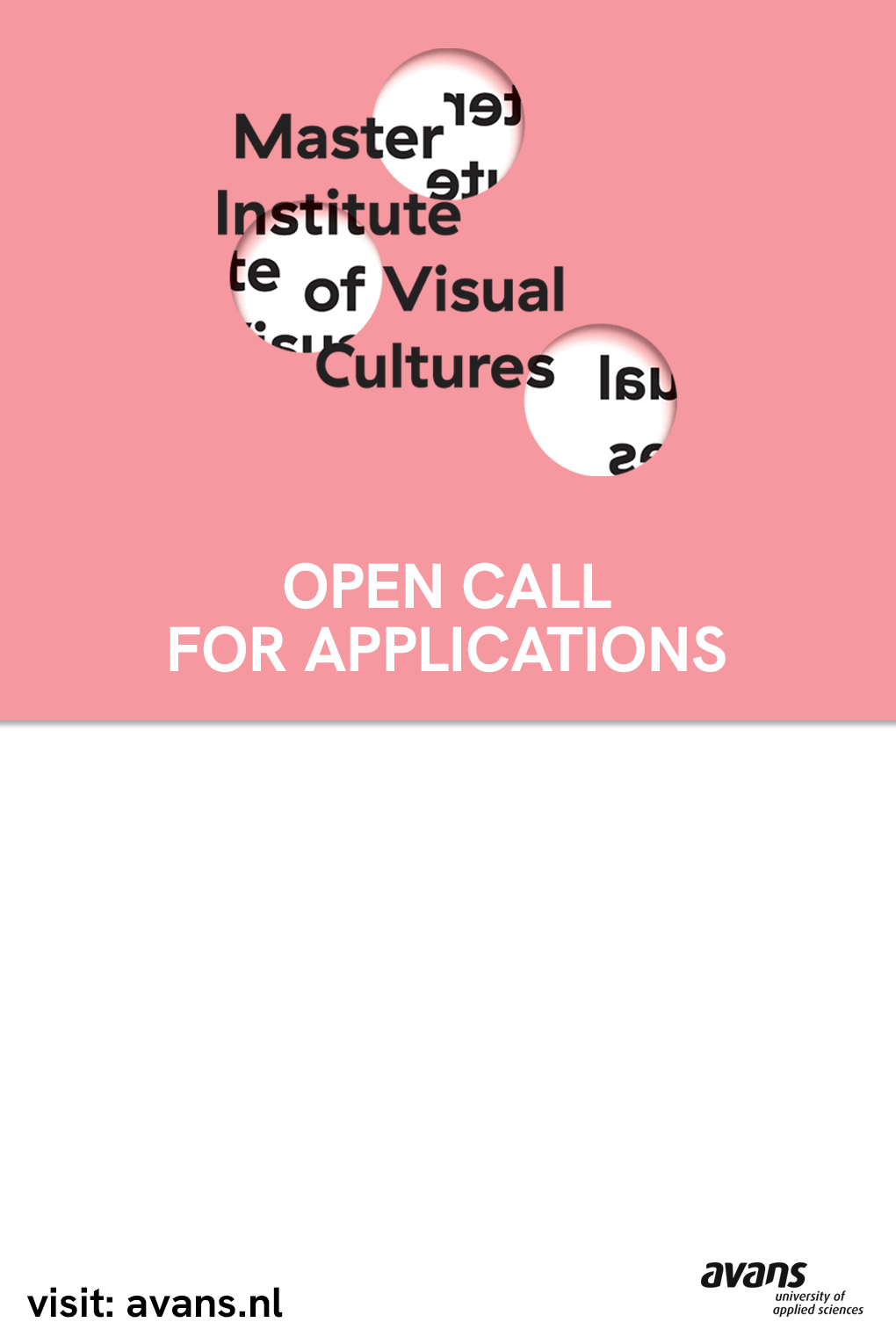Société Réaliste: empire, state, building
20 April–5 August 2012
Ludwig Museum
Palace of Arts
1095 Budapest, Komor Marcell u. 1.
Open Tuesday–Sunday, 10–20
+36 1 555 3444
info [at] ludwigmuseum.hu
Société Réaliste is an artists’ cooperative founded in 2004 by Ferenc Gróf (1972) and Jean-Baptiste Naudy (1982). Central to their activities is the exploration, subversion, and deconstruction of the specific devices of visual communication that have been developed and employed by institutions, governments, and rulers, i.e., the representatives of power—in the fields of religion, politics, culture, art, and finance—so as to position themselves. By exploring the representative and aesthetic roles of these agencies—including signs, logos, maps, symbols, typefaces, landmarks, emblems, statues or even buildings—in complex contexts of much broader time and space, the artists place them in a new light in the form of a “political cabinet of curiosities,” a critical, narrative implementation of design.
Through its title, empire, state, building primarily evokes the famous New York skyscraper, the “building/temple/work of art” that, ever since its completion in 1931, has been the mythological emblem of the United States and a source of artistic inspiration—from the 1933 movie, King Kong, to Andy Warhol’s 1964 silent film, Empire. At the same time, the use of punctuation generates a new perspective of meaning, highlighting the origin and functioning of power symbols, from empire through state to construction. How do buildings, public sculptures, and monuments express and perpetuate ideology? How do public spaces visualise the relation between the modern state and culture? Such questions are raised by Société Réaliste in its critical analysis of the connections between architecture and history, buildings, and political power.
Following this train of thought, the exhibition at the Ludwig Museum presents early and recent works, with State of Shades (2012) at its centre, a site-specific installation conceived for the Budapest show. Placed in the central exhibition space, the work visualises the colour average of masterpieces selected from the website of the Hungarian National Gallery, computed and juxtaposed using a computer program. The ambiguity of the title—state: condition and/or body politic, shade: tint and shadow—refers to a critical study of the discourse and direction of the official Hungarian culture that fosters painterly traditions, or in a wider sense, that of art and nation-state representation.
A Life to See (2012) is a film projection based on a processing of the complete cinematic œuvre of German filmmaker Leni Riefenstahl, known for her films put in the service of National Socialist propaganda. Planned to run for 101 years and 17 days, the age Riefenstahl lived to, the video is composed of all her films, from nature films to items of Nazi propaganda. The frames are projected randomly, each appearing for 59 minutes. This life-work dissected into its elements can be placed in parallel with Société Réaliste’s first feature-length film, The Fountainhead (2010). It is based on the 1949 eponymous film directed by King Vidor, itself inspired by the 1943 novel of Ayn Rand, the champion of radical liberalism, a prophet of contemporary capitalism, the founder of philosophical and political objectivism. In Société Réaliste’s version, the film has been emptied of all the characters and the soundtrack, reducing it to a 111-minute architectural décor and spectacle unveiling the political-economic web that surrounds each citizen/spectator. Made as a sort of palimpsest, The Fountainhead is to reveal its own underpinnings, woven from the links between capitalism and its ideological backdrop, architecture and modernism.
The artworks grouped around the State of Shades are similarly thematised through their colours. The colours of the walls of the various halls—Aether, Terra Irredenta, Watching over the Reichstag, Cult of She-manity, EU Green Card Lottery, and UN Mauve Taupe—are either chromatic symbols used in the respective artworks in specific historical, political, and geographical contexts, or ambient colours, belonging to the ever-expanding Société Réaliste colour scale.
Realised as a co-production with the Jeu de Paume, Paris, and in collaboration with acb Gallery, Budapest, and Anne Mosseri-Marlio Galerie, Zurich, the exhibition is supported by the National Cultural Fund of Hungary and the Institut Français.
Coordinator: Róna Kopeczky
*Image above:
Photo by Márton Mucsi, courtesy of the artists.



